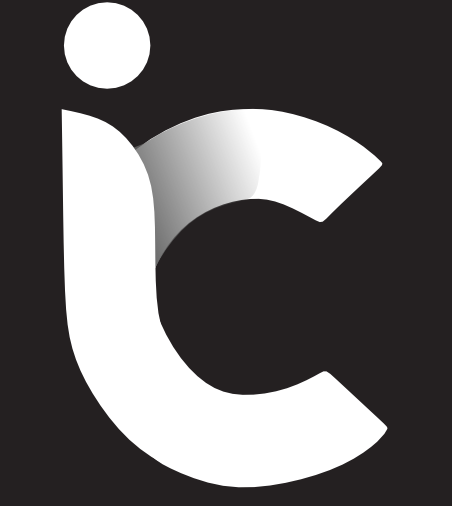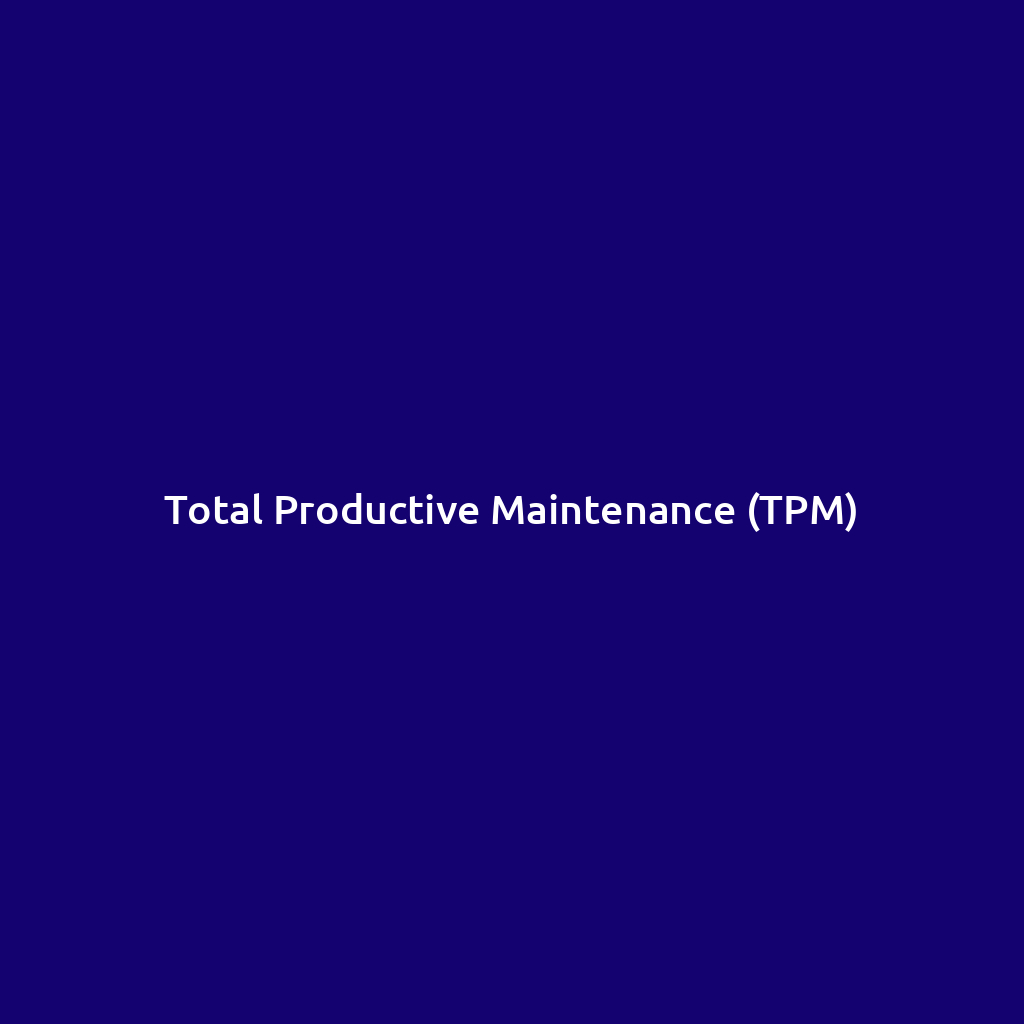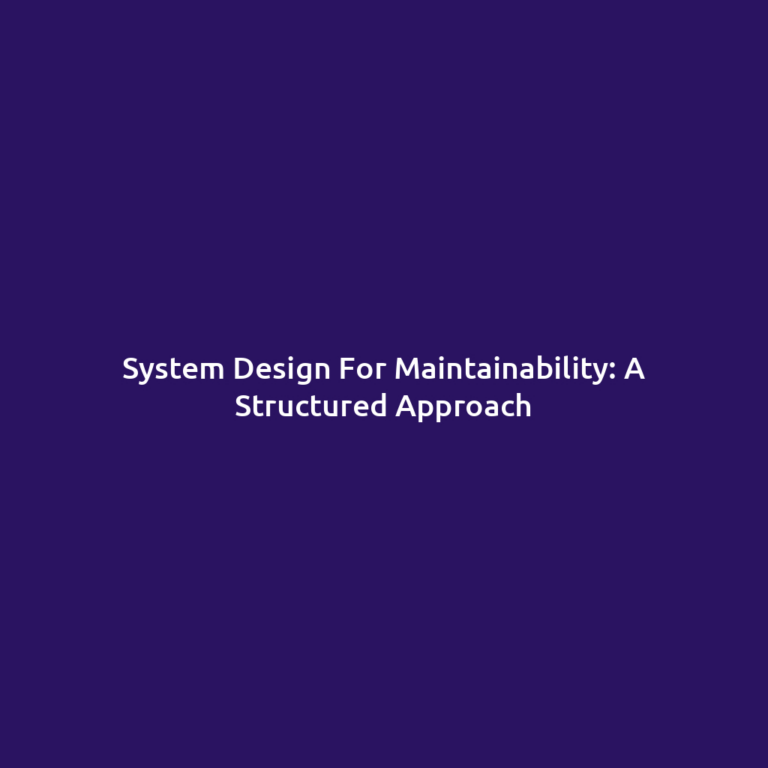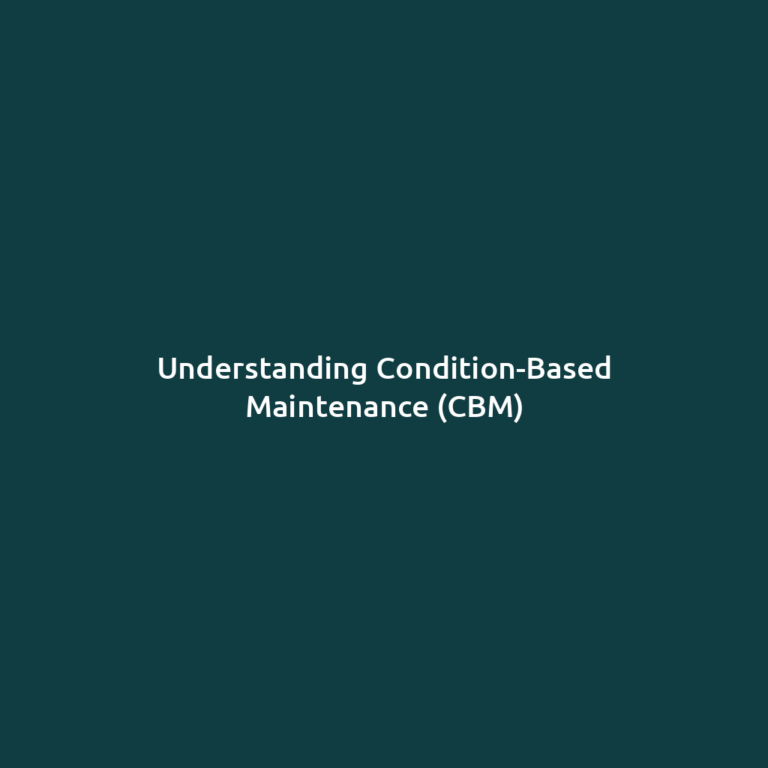Total Productive Maintenance (TPM): A Holistic Approach to Equipment Maintenance
Table of Contents
Total Productive Maintenance (TPM) revolutionizes equipment maintenance by shifting the focus from reactive repairs to proactive, holistic strategies. Imagine a factory floor where downtime is rare, efficiency is maximized and every team member-from operators to executives-is deeply invested in keeping machinery running like clockwork.
This approach is not just about maintenance; it’s about transforming the culture around equipment reliability.
Total Productive Maintenance is a comprehensive system designed to enhance production efficiency by minimizing downtime and optimizing machine performance. It’s a blend of techniques that prioritize proactive maintenance, continuous improvement and employee engagement.
TPM doesn’t just assign responsibility to maintenance teams-it makes equipment care a shared responsibility across the organization.
The Eight Pillars of Total Productive Maintenance
TPM thrives on its structured framework, often referred to as the eight pillars. Each pillar addresses a specific aspect of equipment maintenance, ensuring a well-rounded and impactful implementation.
1. Autonomous Maintenance
Operators take ownership of routine maintenance tasks such as cleaning, lubricating and inspecting equipment. This reduces reliance on specialized maintenance teams and empowers employees to detect and address issues early.
2. Planned Maintenance
This pillar emphasizes scheduling maintenance activities based on predicted needs rather than waiting for failures. Regular checks and timely interventions extend equipment lifespan and prevent unexpected breakdowns.
3. Focused Improvement
Also known as continuous improvement, this involves analyzing production processes to identify inefficiencies. Teams collaborate to eliminate bottlenecks, enhance productivity and reduce waste.
4. Early Equipment Management
TPM principles are integrated into the design phase of new equipment. This ensures that machinery is easier to maintain and operates efficiently from the start.
5. Quality Maintenance
This pillar focuses on maintaining equipment conditions that prevent defects during production. By ensuring machines perform as intended, quality issues are minimized.
6. Education and Training
A well-trained workforce is the backbone of TPM. This pillar ensures that employees at all levels understand their roles in maintenance and are equipped with the necessary skills.
7. Safety, Health and Environment
TPM prioritizes workplace safety by identifying and mitigating risks associated with equipment operation. A safe environment boosts morale and productivity.
8. Office TPM
Extending TPM principles to administrative processes ensures efficiency across the board. Streamlined office workflows complement production improvements, creating a cohesive organizational effort.
How Total Productive Maintenance Impacts Your Bottom Line
Implementing Total Productive Maintenance directly influences profitability. Equipment downtime is a costly affair, affecting output, customer satisfaction and operational costs.
TPM addresses these challenges head-on:
- Reduced Downtime: Proactive maintenance schedules prevent unplanned halts.
- Enhanced Productivity: Machines operate at peak efficiency, boosting output.
- Cost Savings: Lower repair costs and minimized waste lead to significant financial benefits.
- Improved Quality: Consistent machine performance ensures high-quality production.
- Employee Engagement: Empowered employees contribute to a culture of accountability and innovation.
TPM in Action
To truly understand the potential of Total Productive Maintenance, consider its real-world applications. Global giants like Toyota and Unilever have implemented TPM to achieve remarkable results.
Toyota: Setting the Standard for TPM
Toyota’s production system incorporates TPM as a core strategy, ensuring minimal downtime and maximum productivity. By empowering operators to take responsibility for routine maintenance, the company maintains its reputation for quality and efficiency.
Unilever: Streamlining Operations
Unilever adopted Total Productive Maintenance across its factories to reduce equipment failures and improve production consistency. The result? Significant cost savings and enhanced product quality, solidifying its market leadership.
Steps to Implement Total Productive Maintenance
Transitioning to TPM requires a systematic approach. Here’s a step-by-step guide to ensure successful implementation:
1. Secure Leadership Buy-In
Leadership commitment is crucial. Ensure that executives understand the benefits of TPM and are willing to invest in its implementation.
2. Form a Cross-Functional Team
Create a team comprising members from various departments to oversee TPM activities. This fosters collaboration and ensures comprehensive coverage.
3. Conduct Initial Assessments
Evaluate the current state of equipment and processes. Identify areas that need improvement and set measurable goals.
4. Develop a Roadmap
Create a detailed plan outlining how TPM will be integrated into operations. Define timelines, responsibilities and resources required.
5. Train the Workforce
Equip employees with the knowledge and skills needed to participate in TPM activities. Training should be ongoing to address emerging challenges.
6. Launch Autonomous Maintenance
Empower operators to handle basic maintenance tasks. Provide them with tools and guidelines to perform inspections, cleaning and minor repairs.
7. Monitor and Improve
Regularly assess the impact of TPM initiatives. Use data-driven insights to refine strategies and achieve continuous improvement.
Challenges and How to Overcome Them
Implementing Total Productive Maintenance isn’t without its hurdles. Organizations may face resistance to change, lack of expertise or difficulty sustaining momentum.
Address these challenges by:
- Communicating Benefits: Highlight how TPM benefits employees and the organization.
- Providing Support: Offer training and resources to build confidence in new practices.
- Celebrating Wins: Recognize achievements to maintain enthusiasm and commitment.
As industries embrace digital transformation, Total Productive Maintenance is evolving. Technologies like IoT, AI and predictive analytics are enhancing its effectiveness. Imagine machines that notify operators of maintenance needs before issues arise or AI-driven systems that optimize maintenance schedules for maximum efficiency.
Total Productive Maintenance isn’t just a maintenance strategy-it’s a holistic approach that transforms the way organizations operate. By prioritizing proactive care, employee engagement and continuous improvement, TPM ensures that machinery runs smoothly, quality remains high and costs are controlled. Whether you’re in manufacturing, logistics or any other sector reliant on equipment, adopting TPM is a game-changer.
Would you like me to expand or refine specific sections? Let me know and we can perfect this content!
FAQs About Total Productive Maintenance (TPM)
1. What is Total Productive Maintenance (TPM)?
Total Productive Maintenance (TPM) is a proactive and holistic approach to equipment maintenance. It aims to minimize downtime, enhance efficiency and involve all employees in maintaining and improving machinery performance.
2. What are the main goals of Total Productive Maintenance?
The main goals of TPM are to eliminate equipment downtime, improve production efficiency, reduce costs and create a culture of continuous improvement within an organization.
3. What are the eight pillars of Total Productive Maintenance?
The eight pillars of TPM are:
- Autonomous Maintenance
- Planned Maintenance
- Focused Improvement
- Early Equipment Management
- Quality Maintenance
- Education and Training
- Safety, Health and Environment
- Office TPM
4. How does TPM differ from traditional maintenance?
Traditional maintenance is typically reactive, addressing equipment issues after they occur. TPM is proactive, focusing on preventing problems through continuous monitoring, training and improvements.
5. What industries benefit the most from TPM?
Industries such as manufacturing, automotive, pharmaceuticals, food processing and logistics benefit significantly from TPM due to their reliance on machinery and the high cost of downtime.
6. How does TPM improve productivity?
TPM improves productivity by reducing unplanned downtime, optimizing equipment performance and enhancing product quality. It also streamlines workflows and fosters employee collaboration.
7. What role do employees play in TPM?
In TPM, employees play a central role. Operators handle basic maintenance tasks, identify potential issues early and contribute to continuous improvement initiatives, ensuring machinery operates smoothly.
8. How can companies implement TPM effectively?
To implement TPM effectively, companies should:
- Secure leadership support
- Train employees
- Establish clear goals
- Monitor progress
- Continuously improve processes
9. What challenges might organizations face with TPM implementation?
Common challenges include resistance to change, insufficient training, lack of leadership support and difficulty in sustaining long-term engagement.
10. How does TPM contribute to cost savings?
TPM reduces costs by minimizing breakdowns, lowering repair expenses, extending equipment lifespan and reducing waste, leading to more efficient resource utilization.
11. Can TPM work in small-scale businesses?
Yes, TPM is adaptable and can be scaled to suit small businesses. Even with fewer resources, the principles of TPM can significantly improve equipment reliability and efficiency.
12. What technologies support modern TPM practices?
Modern TPM practices benefit from IoT, predictive analytics, artificial intelligence and automated monitoring systems which help predict maintenance needs and optimize performance.





One Comment